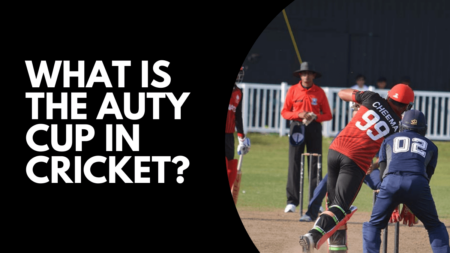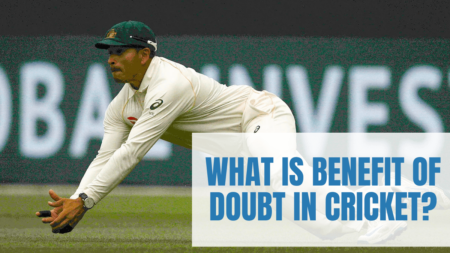

A No-Ball is an extra run conceded by the bowing side. An umpire signals a no-ball by raising one of his hands on the side at shoulder height. It has been a topic of debate for many years as to in which instances an umpire should signal a No-ball. One of the 42 laws in cricket is entirely dedicated to No-Ball. So let us look at all the instances where a no-ball can be given.
1. The bowlers cannot bowl underarm unless there is an agreement before the match between both teams. If any bowler does bowl underarm, that delivery would be considered a no ball. In some cases an umpire might give a warning to the bowler. However, if he bowls underarm the second time, the umpire would signal a no ball and also suspend the bowler.
2. If before bowling the delivery, a bowler fails to inform the umpire from which side (over or around the wicket) is he going to bowl, the umpire can signal a no ball.
3. If the batsman and the umpire feel that the bowler’s bowling action is not as per the laws of the game then the umpire can give a no ball. This usually occurs when the bowler “throws” the ball instead of bowling it with a straight arm.
4. If the bowler’s delivery stride (the jump he takes before releasing the ball) is behind the designated area on the pitch, a no ball can be signalled.
5. One of the two most common modes of no ball is when the bowler puts his front foot over the crease while releasing the ball. In modern days, this results in an extra run and a free hit is given to the batsman wherein he cannot be out on the next ball.

6. The second common mode of no-ball is when the ball is directed above the bowler’s head after pitching or if the ball without pitching is directed over the batsman’s waistline. In the former case, a bowler might get a warning (first bounce) but a second bounce will be called a No-ball.
7. If the bowler’s side of the stumps are dislodged by any object or part of the bowler’s body before he releases the ball, then it is a no ball.
8. If the ball pitches outside the pitch, then a no ball is given.
9. If the ball rolls on the pitch or bounces more than once, then it is a no ball.
10. If the ball comes to rest in front of the striker, the umpire would call it a no ball.
11. If the ball touches any fielder except the wicket-keeper before it reaches the batsman, then it is called a no ball.
12. Some other scenarios where a no-ball is called are: wicket-keeper’s position is false, the fielders encroach the pitch, more than two fielders stand behind the leg side, bowler bowls deliberate no balls and unfair deliveries.
13. If a No-ball is also a wide ball, the ball would be designated as a No-ball.
Thus, a no-ball is much more than simply a front foot error or a delivery of abnormal height.




